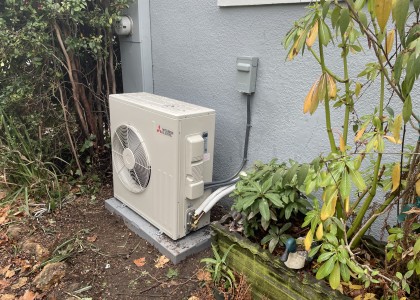The Senate energy bill includes a provision (sec. 143) establishing a fuel efficiency program for tires. The program includes performance standards ensuring that replacement tires will be at least as energy efficient as the original equipment (OE) tires sold on new vehicles. The program would save a substantial quantity of oil, and ACEEE supports this provision.
Role of tires in fuel consumption: Thirty percent of the fuel energy that makes it to the wheels of a vehicle goes toward overcoming the rolling resistance of the tires. Taking into account energy lost in idling, braking, running auxiliary systems, and the transmission and driveline, two-thirds of energy consumed goes to propelling the vehicle, so that losses due to tire rolling resistance are about 20% of total vehicle energy use.1 Some tires perform significantly better than others in this regard, however. In particular, OE tires typically have lower rolling resistance than aftermarket tires, because energy-efficient tires help manufacturers raise their Corporate Average Fuel Economy. Each 10% reduction in tire rolling resistance leads to roughly a 2% increase in fuel economy.
Oil savings opportunity: While data on the efficiency of tires now on the road is limited, analysts estimate that the average OE tire has a rolling resistance on the order of 20% lower than that of the average replacement tire. Thus, if aftermarket tires were as efficient as the average tires on new vehicles, as required by the Senate bill, vehicle fuel economy would improve by 4%. Using a conservative figure of 3% improvement, ACEEE estimates that this would save one-quarter million barrels per day by 2015.
Interaction of performance characteristics: Tire rolling resistance, dry and wet traction, and tread wear are interrelated in complex ways. The rolling resistance of some tires has been substantially reduced with no adverse consequences for safety. In its 1995 NPRM on tire grading, the National Highway Traffic Safety Administration stated: "The agency does not agree with the assertions of some commenters that rolling resistance cannot be improved without detracting from other tire characteristics."3 Reducing tire rolling resistance in fact may have a positive impact on safety, since the friction due to rolling resistance creates heat in the tire which, if not dissipated, can cause the tire to fail at high speeds. Furthermore, the Senate tire provision explicitly precludes any negative impacts of the proposed program, requiring that "[t]he minimal fuel economy standards for tires shall…not affect tire safety…[and] not adversely affect the tire life of replacement tires." It is important to keep in mind that the provision requires the efficiency of replacement tires to equal the efficiency of the OE tires that people drive on for the first 3-4 years of owning a new car. These tires do not exhibit inferior safety performance.


